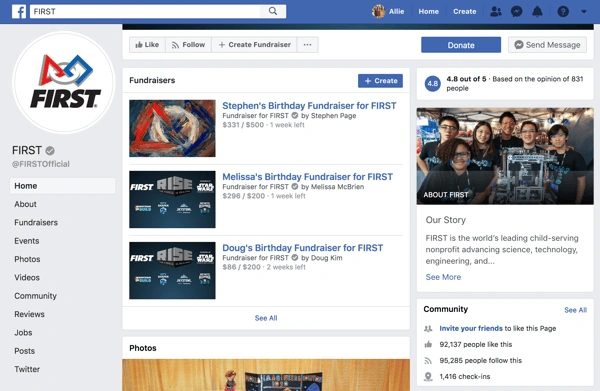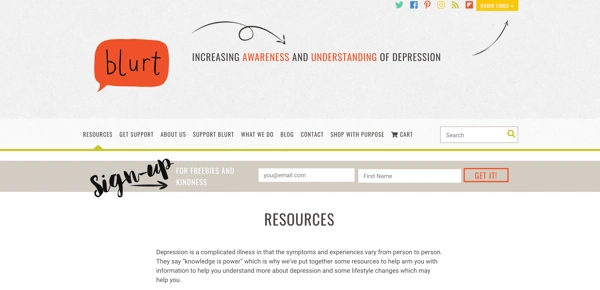In my agency days, I once woke up at 5:00 am to meet a TV host at my client’s donut shop for a behind-the-scenes first look at their pumpkin-spiced lattes and donuts. (In Indiana, we love our donuts.)
The TV coverage was great, but you know what made an even bigger impact? The Instagram stories the media personality shared.
In the last five years, influencer marketing has come a long way from an experimental content-for-product swap to a full-fledged marketing tactic.
Influence Marketing Hub estimates that the industry will total $24 billion by 2025, up from $1.7 billion in 2016.
Instagram influencer marketing is one of the most popular ways to work with influencers, and I’ve compiled all the details you need to know to get started with any budget.
With this guide, you won’t need to trek out at dawn to launch your campaign — you can do it right from your computer or phone.
- What is Instagram influencer marketing?
- Why use influencer marketing on Instagram?
- How much does Instagram influencer marketing cost?
- How to Find the Right Instagram Influencers to Promote Your Brand
- How to Work With Instagram Influencers
What is Instagram influencer marketing?
Instagram influencer marketing is a social media tactic in which brands collaborate with influencers to feature or review a sponsored product or service with their followers.
Most Instagram influencer campaigns are paid and require the influencer to generate original or co-created content around the brand.
Why use influencer marketing on Instagram?
The power of influencer marketing comes down to one word: trust. People want to hear advice recommendations from friends, family, and people they admire — not brands.
As consumers, we can’t connect on the same emotional level with brands as we can with humans. We also trust what a third party says about a brand more than the brand itself. Giving a recommendation carries far more weight.

So, why Instagram? According to our Global Social Media Trends Report, Instagram is the best source of ROI among social media platforms and has the biggest potential for brands to grow their audience.
Instagram is the most popular influencer platform (27% of brands have run influencer campaigns on Instagram), though TikTok is hot on its heels.
Shoppable Commerce on Instagram
Another reason to launch your influencer marketing strategy on Instagram is because of the e-commerce potential it offers. You can set up an Instagram Shop for users to browse and buy without going to your website.
80% of social media marketers say that customers now prefer to buy in-app.
Instagram is saturated with millennials and Gen X, who have more disposable income than Gen Z.
And influencers earned their name for a reason: We found that 21% of social media users have made a social media purchase influenced by influencer content in the past three months.

Best Instagram Features for Influencer Marketing
Beyond shopping, Instagram offers several effective influencer marketing tools for content collaborations.
1. Stories
Instagram posts shouldn’t stop with photo posts.
“Stories are gold for working together with influencers,” shares Kate Ross, hair and beauty specialist for hair brand Irresistible Me. “They’re perfect for sharing quick, engaging content that disappears after a day, making things like promos feel urgent and exclusive.”
2. Links
In the past, story links were limited to a “swipe-up” feature that was limited to accounts with 10,000 or more followers. This feature retired in 2021. The replacement, the Instagram link sticker, serves the same function.
Folks can now encourage viewers to click on a link sticker and venture to an external site.
“We’ve doubled down on this by collaborating with audience-targeted influencers to share personal finance tips or card reviews, directly linking to our site and resulting in huge engagement and traffic,” says Gareth Boyd, head of growth for Credit Card Compare.
3. Reels
“Reels have become a game-changer for brand collabs,” argues entrepreneur and digital creator Udemezue John.
“They‘re a fantastic way to showcase products or services creatively, and the reach can be incredible. I’ve partnered with a clothing brand to create Reels showcasing their new line, and it generated tons of buzz.”
4. Branded Content (Paid Partnership Label)
Instagram has specific policies and ways that it wants influencers to disclose influencer marketing posts. Influencers must tag posts for paid content using the paid partnership label.
This is a plus, though — the content is distributed to both of your audiences, making it easy for the influencer’s audience to discover and follow your account.
5. Partnership Ads
With partnership ads (previously called branded content ads), influencers can grant permission for brands to boost their influencer posts across Instagram and Facebook.
That means you can go beyond organic content with the full force of your ad budget.
How much does Instagram influencer marketing cost?
Everyone wants to know how much to budget or charge for an Instagram post, but the typical response applies here: It depends.
First, let’s take a look at payment structures for influencers and how much to pay for different types of influencers.
Do you need to pay influencers?
It’s a best practice to pay influencers for content, but not all businesses do.
Influence Marketing Hub found that 50% of brands now compensate influencers with a sales commission from their campaign, while 24% pay a flat fee to influencers.
Others offer discounts or free products or services, but that isn’t a best practice anymore.
If you want the best quality content and to build a long-term relationship with an influencer and their followers, you need to compensate fairly.
“Top brands understand that content creation is a job, and almost all their creators are self-employed,” says Olivia McNaughten, director of product marketing at creator management platform GRIN. “As such, negotiate rates respectfully, provide clear compensation timelines, and pay creators on time.”
Compensation by Types of Instagram Influencers
If you are imagining Kylie Jenner or Lionel Messi plugging your brand, put that fantasy aside for now. Only the biggest brands can afford the price tag of major celebrity influencer campaigns, but that isn’t a bad thing for your business.
There are influencers available for every size of business and budget. Working with nano-influencers and micro-influencers isn’t just a consolation prize.
44% of brands say they prefer nano-influencers, followed by 26% who target micro-influencers.
Why? Nano-influencers and micro-influencers have loyal, engaged followers and are perceived as more authentic. Let’s look at the data: the average engagement for a post on Instagram is 2.05%.
But for accounts with a million followers? It’s just 0.95%. While famous influencers have a wide reach, they don’t always produce the best results.
|
Types of Influencers |
Size of Accounts |
|
Nano-influencers |
1,000 – 10,000 followers |
|
Micro-influencers |
10,000 – 100,000 followers |
|
Macro-influencers |
100,000 – 1 million followers |
|
Mega-influencers/Celebrities |
1+ million followers |
How much should you pay for a sponsored post on Instagram?
According to Izea, brands pay an average of $1,311 for a sponsored Instagram post and $2,784 for an Instagram story. You can use a rough estimate of $100 per 10,000 followers to set your rate.
Expect to pay more for an Instagram story or reel than a photo post and pay even more for multichannel posting (like Instagram with Facebook or Instagram with YouTube) because of the higher engagement rate.
How to Set an Influencer Marketing Budget
If you’re setting your first influencer marketing budget, take inspiration from the chart below. The top 15% spend over $500,000 a year, but the normal range– nearly half of influencer marketers– spend less than $10,000 a year.
I’ve seen brands start influencer marketing with as little as $50 or $100. Start small, focus on the basics, and measure your ROI. As you see results and hone best practices, scale up your influencer program and budget.
How to Find the Right Instagram Influencers to Promote Your Brand
First, finding the right influencers is crucial to make your campaign successful. Of brands, 48% say that finding influencers is their top challenge in influencer marketing.
I chatted with Olivia McNaughten about why fit matters.
“Consumers are savvy. They can spot transactional content from a mile away, such as product placements that miss the mark or dishonest endorsements,” she says.
McNaughten notes that your audience can identify when a partnership is inauthentic or feels forced. This can actually damage your brand.
“So, brands must ask themselves: Is there brand alignment? Are our values aligned? Is it a good fit? And if yes, then brands should focus on building a direct relationship with that creator to cultivate a true advocate of your brand. That is the key to authenticity,” McNaughten says.
1. Define your ideal creator profile.
McNoughten advised that brands identify their top values and goals before searching for influencers. Then, they can envision their ideal creator profile.
“Your ideal creator profile should specify the type of influencer you are looking for, such as ideal engagement rate, what sort of content the creator should be posting, desired audience demographic, and so on,” McNoughten says.
2. Practice social listening.
The best starting point for finding like-minded influencers is to pour through Instagram to see who’s creating great content in your industry.
Instagram’s search bar and the HubSpot Marketing Hub are two simple places to start. Follow common hashtags, start making influencer lists, and consume lots of content before approaching an influencer to make sure they’ll be a good fit.
Pro tip: Find influencers who are already talking about your specific product category or the brand itself.
If you can find someone who already knows and loves your brand, you’ll have a high chance of success of them agreeing to partner with you and creating authentic, engaging content.
3. Use an influencer discovery platform.

If sifting through millions of accounts sounds too overwhelming, there is a more systematic way to approach finding influencers.
Use an influencer discovery management platform like GRIN, HypeAuditor, Brandwatch, or Upfluence to search for influencers by category, demographics, reach, and engagement rate.
These platforms recommend potential matches and let you filter down results, but they also help by flagging potentially fraudulent accounts.
72% of marketers worry about influencer fraud, and these platforms show you an audience quality analysis so you aren’t wasting your money.
Influencer management platforms are also useful for managing influencer marketing at scale. Speaking of scale, let’s get into the nitty-gritty practical items: how do you work with Instagram influencers?
How to Work With Instagram Influencers
Ready to get started? Hold onto your wide-brim fedora, and make sure you have a plan before you jump in.
1. Outline your goals.
Before you start, define your goals and which KPIs you’ll use to measure success. Is the goal of the campaign to grow your brand through impressions? To gain more followers? To sell a specific item?
This will set the stage for everything to follow, from your compensation structure to your creative brief for influencers.
2. Structure your influencer marketing program.
Now, let’s look at how you’ll structure your influencer program. Answer these questions to give parameters to your program.
What will your compensation structure be?
Choose between a flat rate, affiliate commission, or other non-monetary compensation.
What is your campaign frequency?
Many influencer campaigns are structured per month, per quarter, or even per year. The frequency gives influencers a timeframe they must post within and a cadence for sending new, timely campaign briefs.
How will you track results?
The most popular success metric for influencer campaigns is views/reach/impressions, followed by engagement, then clicks.
A smaller number of brands judge success by sales. Just remember that if you need to track sales for affiliate commission, make sure you have a watertight attribution system in place.
Pro tip: Use UTM codes, coupon codes, or another method to make sure you can track all transactions.
What contracts or legal documents do you need your influencers to sign?
Since you are paying influencers to represent your brand, you need to get a few things in writing to protect yourself. Here are some common ones brands ask influencers to sign:
- Terms and conditions for your partnership.
- An image release so you can use the branded content videos without copyright concerns.
- A non-disclosure agreement to keep the terms confidential.
- Your brand or content guidelines.
Pro Tip: If you work with dozens or even hundreds of influencers, find a way to automate your workflows so you aren’t tracking myriad conversations and contracts across DMs and email
How will you communicate and set expectations?
Think about the experience you want to create for influencers since this will indirectly sway their opinion of your brand and bleed into their content.
Prioritize timely communication with creators such as approving content, discussing payments, negotiating, and collecting contracts while remaining approachable and trustworthy.
Set clear expectations on content guidelines, deadlines, payments, and shipments to ensure there are no hidden surprises. Brands who put the effort into a white-glove influencer experience will build long-term relationships and reap the rewards.
3. Make personalized outreach.
When it’s time to make contact, don’t just send the same templated message to everyone. Personalize your outreach based on their content. Explain why you like their content and why you think they’d be a good fit.
If you can, go the extra mile by contacting influencers outside of Instagram DMs. Take an extra minute to find their website or email address, or use a platform to reach out.
This saves you from getting lost in a sea of messages and shows professionalism.
Be upfront on whether an opportunity is paid or not. “Paid partnership opportunity” is a door-opening subject line, but don’t bait-and-switch.
4. Let them be themselves.
The worst thing you can do in influencer marketing is to hand your influencer a script. That’s a surefire path to low engagement or even backlash. Instead, send them a creative brief with broad ideas, like:
- A behind-the-scenes sneak peek.
- An unboxing video.
- A taste test or crazy challenge.
- Memes.
- Interactive content.
- A personal review including both pros and cons.
“Creators know their audience best, so don’t micromanage,” advises MacNaughton. The best content comes from giving your influencers trust and creative control.
5. Follow Instagram requirements for sponsored posts.
You should be upfront about Instagram influencer marketing campaigns, period.
Outline your disclosure requirements for influencers to make sure your branded content doesn’t get flagged as spam. Use #ad or #sponsored with influencer posts and stay up to date with Instagram’s branded content policies.
6. Analyze and adjust.
Your influencer campaign might not land on day one, and that’s ok. Experiment, test, and iterate to find the best combination for social media success.
Be open to different content types, work with different types of creators, and analyze and optimize your content strategy.
When you find something that works, keep going with that influencer. 63% of brands prefer repeated influencer partnerships over one-off collaborations.
That’s because they see the value in building relationships and repeated brand exposure to the same audience.
Put Instagram Influencer Marketing to Work for Your Brand
Instagram influencer marketing is a powerful way to introduce your brand and products to new audiences with the credibility of an influencer recommendation.
Remember to look beyond follower count to find the best fit and values for your brand. Take a personalized, systematized approach to managing influencers and pay them fairly for their efforts.
When you find the right match, buckle up and watch the magic happen.
![]()

![New Data: Instagram Engagement Report [Free Download]](https://i4lead.com/wp-content/uploads/2024/04/9294dd33-9827-4b39-8fc2-b7fbece7fdb9.png)





![→ Click here to access 5 free cover letter templates [Free Download]](https://i4lead.com/wp-content/uploads/2024/04/3f347702-d7e9-4e59-9fe4-be4cd7bad191.png)








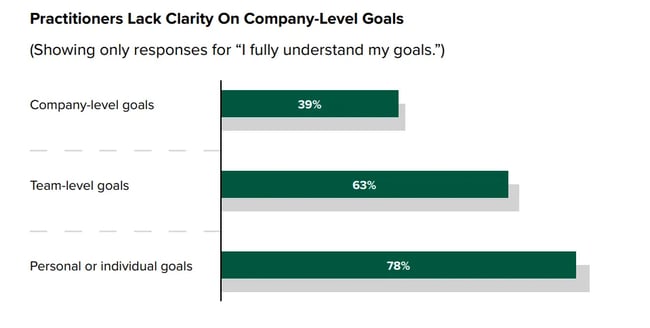
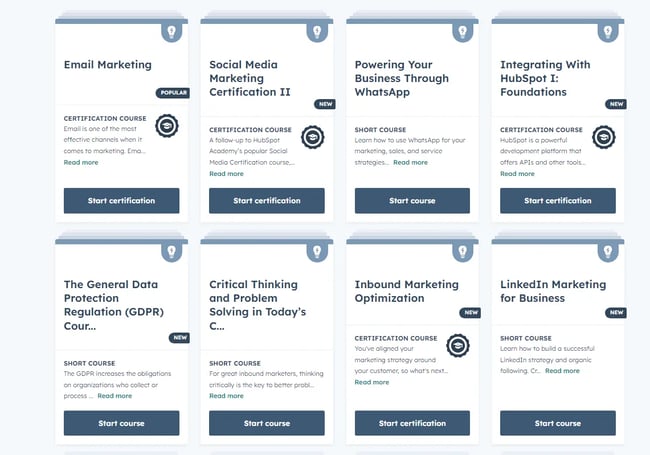
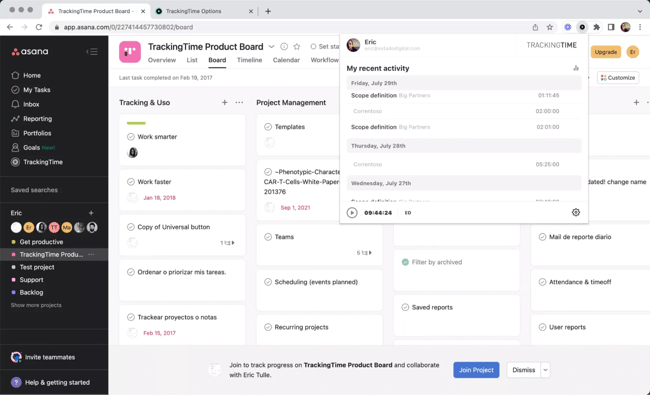

![Download Now: The 2023 State of Social Media Trends [Free Report]](https://i4lead.com/wp-content/uploads/2024/04/3dc1dfd9-2cb4-4498-8c57-19dbb5671820.png)

![Free Ebook: The Marketer's Guide to TikTok for Business [Download Now]](https://i4lead.com/wp-content/uploads/2024/04/2c7242e4-ad54-4f63-8627-a15aa6a2ea50.png)


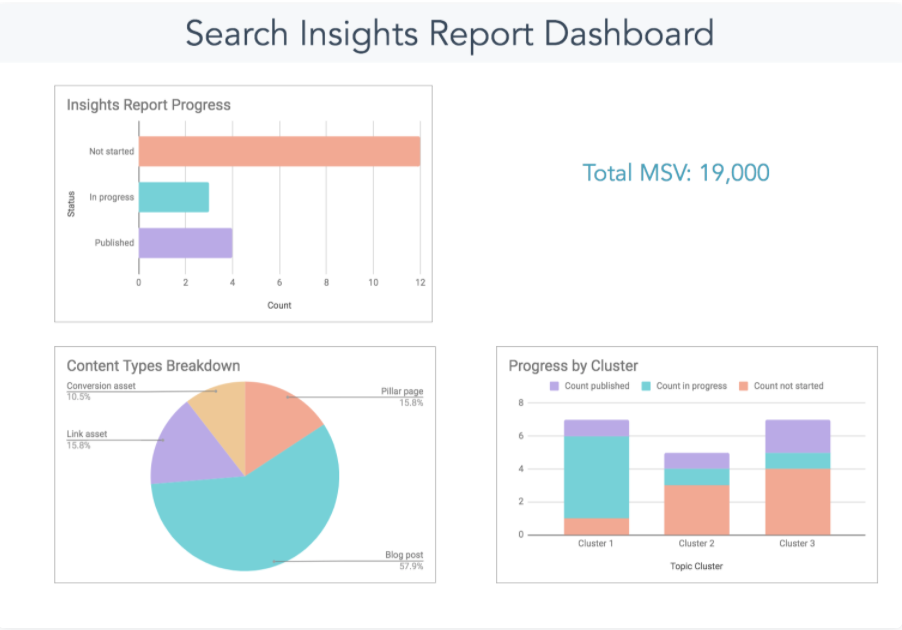

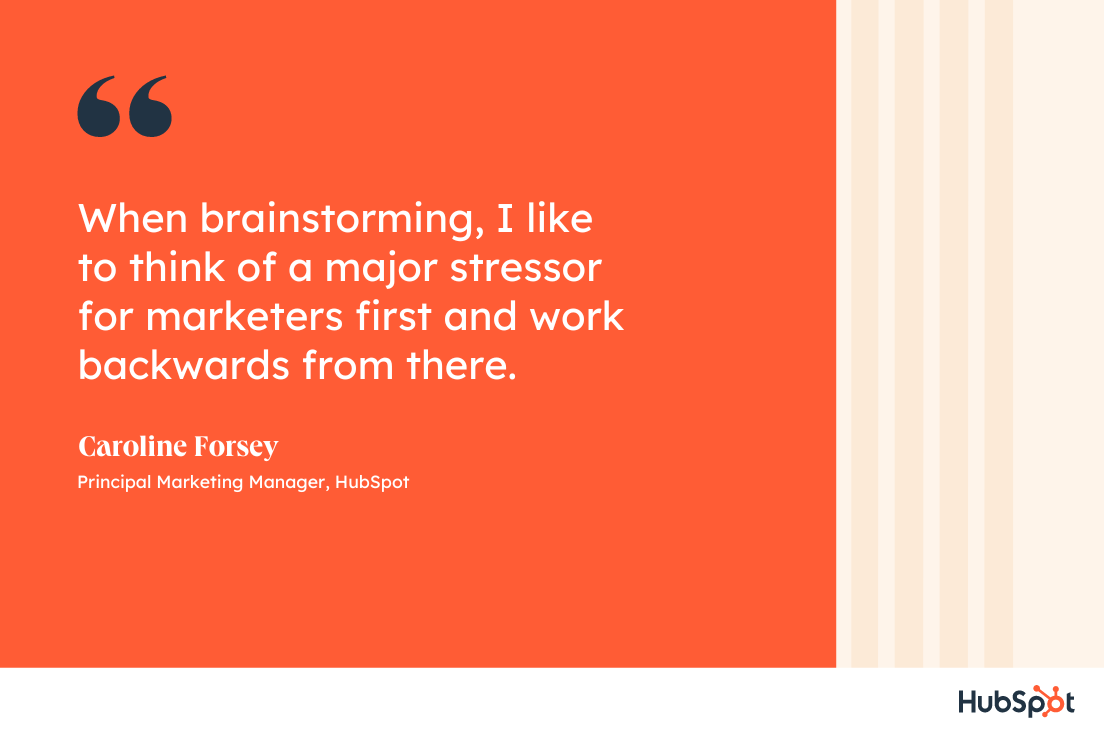
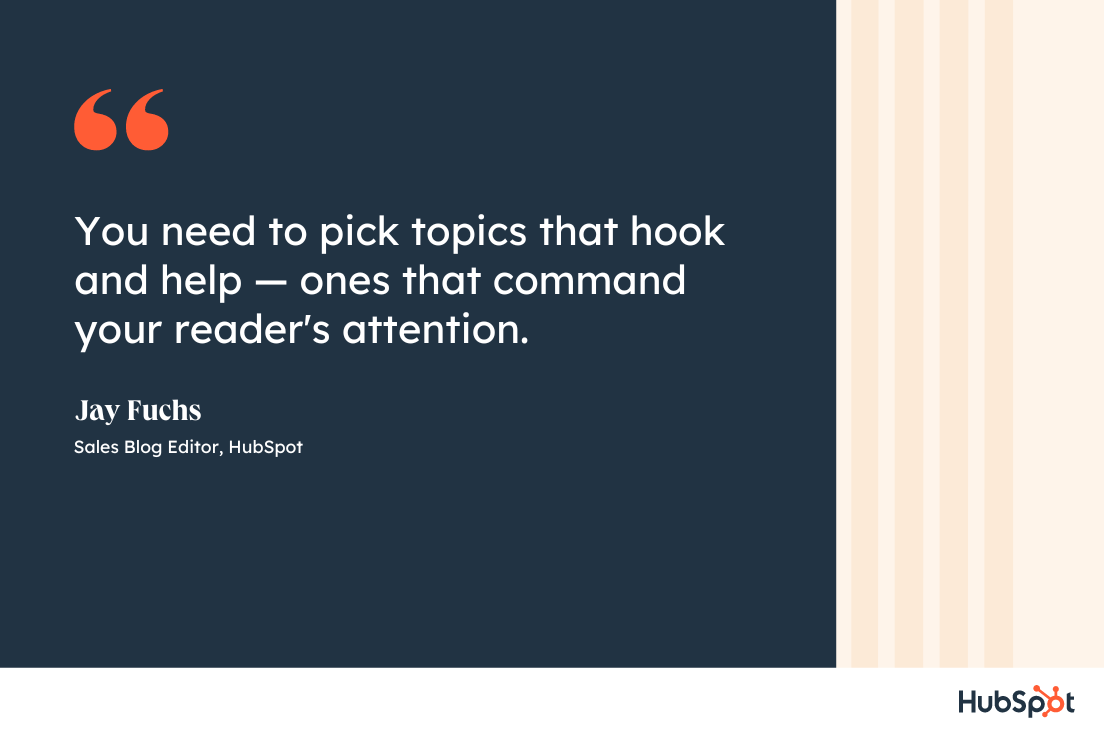
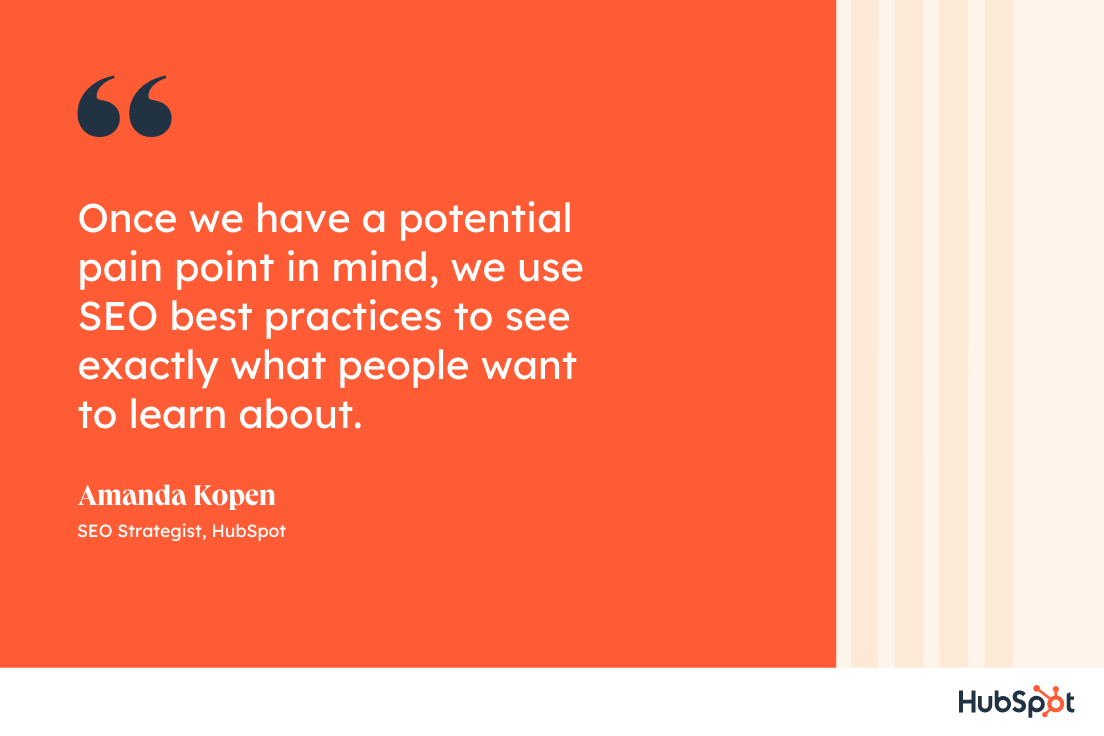


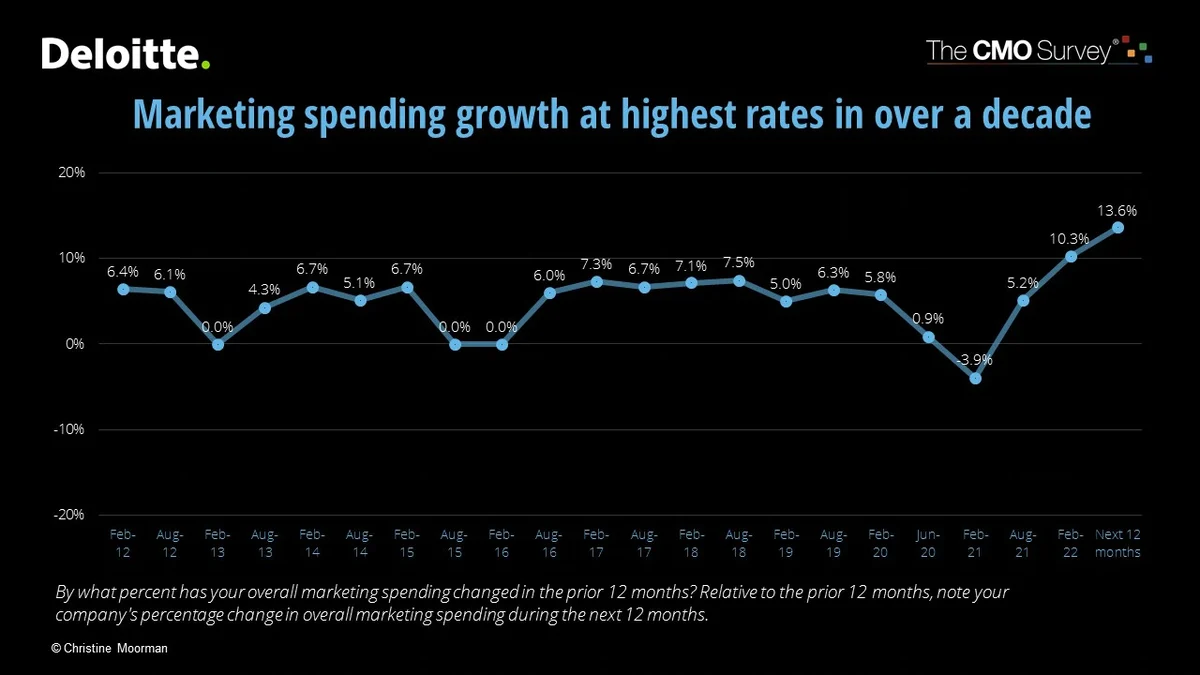
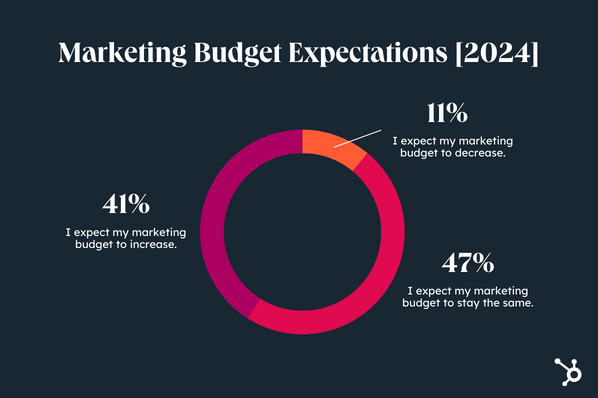
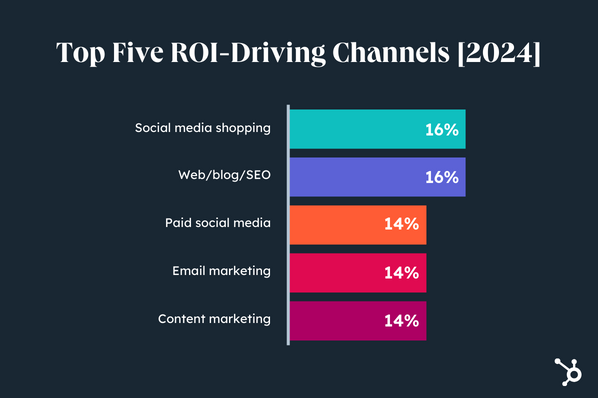

![Download Now: Nonprofit Marketing & Fundraising Trends for 2022 [Free Report]](https://i4lead.com/wp-content/uploads/2024/04/6193b715-2ba9-4c6d-add0-681edfcae689.png)



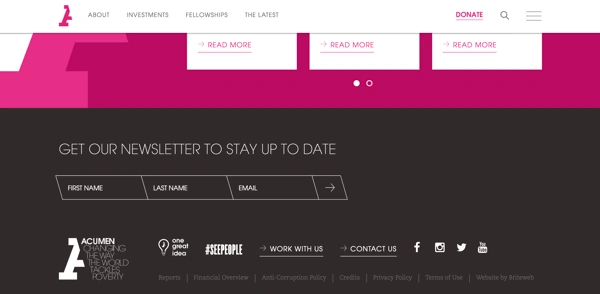

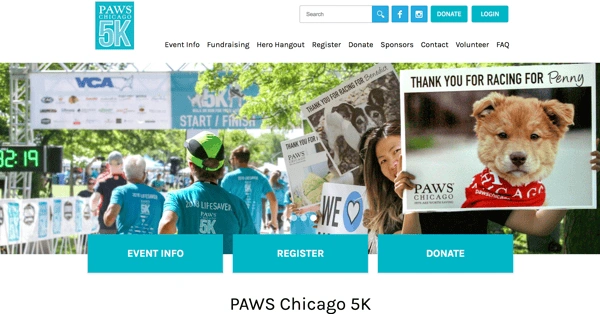
![→ Access Now: Video Marketing Starter Pack [Free Kit]](https://i4lead.com/wp-content/uploads/2024/04/8f27c677-d952-4663-8787-bf65c6a1ecf2.png)

